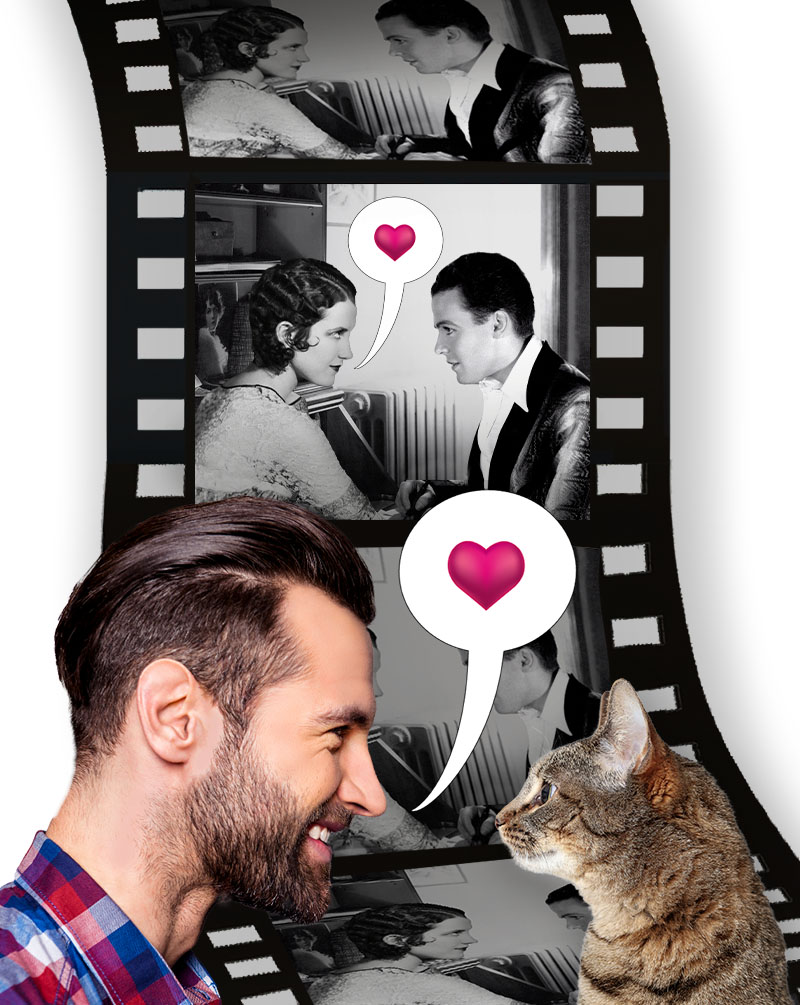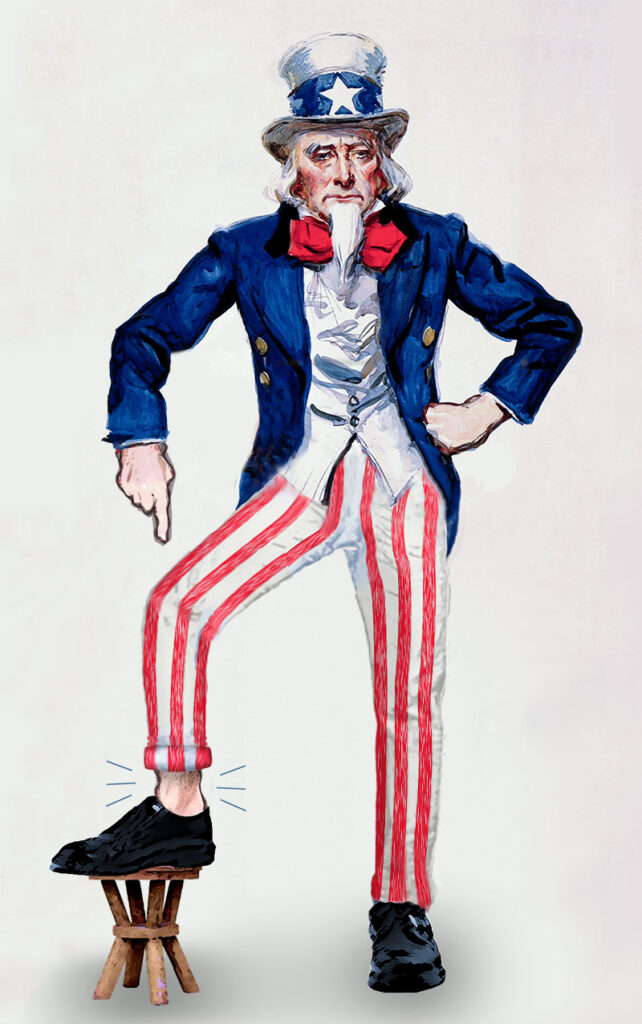(Part one of two)
One morning when I was in the second grade, I was unexpectedly excused from class and introduced to a school psychologist, who asked me to walk with him to his office. I still have a vivid memory of that walk, during which the psychologist first made some small talk (to the extent that one can make small talk with a seven-year-old) and finally brought up the reason for our meeting.
“Who do you think is the smartest person in your class?” he asked.
“Me!” I said. (Modesty was a concept to which I’d not yet been introduced.)
The psychologist seemed to agree. He told me that there existed a special program for the school district’s most gifted students, and his task that day was to decide whether I would be placed in that program beginning in third grade. In his office, he interviewed me and administered an IQ test, which I breezed through. (I was always a good taker of standardized tests.) I was then returned to my second-grade classroom, where I resumed my role as an ordinary student while inwardly picturing myself as a ruler of the world.
The special program was called “More Able Learners,” usually referred to as MAL (pronounced as the initials M–A–L, not as the acronym “Mal,” although its association with words such as “maladjustment” and “malpractice” should have been warning signs). It was still in an experimental stage, having been launched, if I remember correctly, just a couple of years before.
The Farmingdale, Long Island school district already had a tracking system — an arrangement that’s increasingly controversial today, but was standard educational practice when I entered school in the 1960s. Students were placed in separate tracks, with different curriculums and often different teachers, according to their assessed level of academic potential. I don’t know how these tracks were identified in elementary schools, but by the time a New York student reached high school, we knew our assigned track by the label HR (for “Honor Regents),” R (for just plain “Regents,”) or G (for “General Education”). Under that conventional system, I presumably would have been placed in the HR track.
The new MAL program — to which I was admitted shortly after my session with the psychologist — was different. Unlike the traditional system, in which students followed a track within their neighborhood school, all MAL students in a given grade were gathered into a single classroom in one designated school, regardless of where they lived. This same group of 20-odd students would remain together for the rest of our public-school careers, being taught advanced subjects by specially trained teachers, progressing from grade to grade in our own protected bubble.
From the time I met my MAL classmates at the start of third grade, we were continually reminded that we were special. Not only would we move through conventional academic subjects at an accelerated pace — for example, beginning foreign-language classes in third grade, algebra in sixth, biology in seventh — but we would also be exposed to subjects that other students were not, such as an intensive study of the “Great Books.” We were considered to be ideal guinea pigs for emerging instructional techniques such as programmed learning, in which specially devised workbooks (with the answers included) allowed individual students to master a subject at their own pace. Our teachers had an unusual degree of autonomy, and exercised a good deal of creativity, in determining how to use our time in the classroom.
MAL classes were the perfect environment for a curious and inventive student like me. Within the first two years, I contributed editorial cartoons to a class-produced newspaper, built and performed with a ventriloquist’s dummy whose head was made from a shoebox, wrote an award-winning civics essay, and composed a short piece of music that our music teacher later played on the piano. Taking full advantage of our proximity to New York City, our teachers took us on field trips to the Metropolitan Museum of Art and the Museum of Natural History, to a swanky French restaurant (where we, of course, ordered our lunch in French), and on a Circle Line boat tour around Manhattan. We discussed world events such as the move of Brazil’s capital to the custom-built city of Brasilia, the struggle against apartheid in South Africa, and the war between India and Pakistan over Kashmir.
But the academic and intellectual benefits of MAL came at a price. Because each of us was being bused to a school in another part of the district, we lost our connection with the other kids in our own neighborhoods, and we spent our weekdays in a building whose other occupants were strangers to us. In those situations when we had to mix with non-MAL students — in phys ed classes, at lunch, or at recess — relations were icy. A few socially adept classmates managed to make friends, but the rest of us lived as misfits. We were thought to be stuck up, weak, nerdy — in other words, different, which among young students constitutes a social death sentence. The joke among the normally-tracked students was that the initials M–A–L stood for “monkeys, apes, and lunatics.”
(To be continued in part 2)





Recent Comments